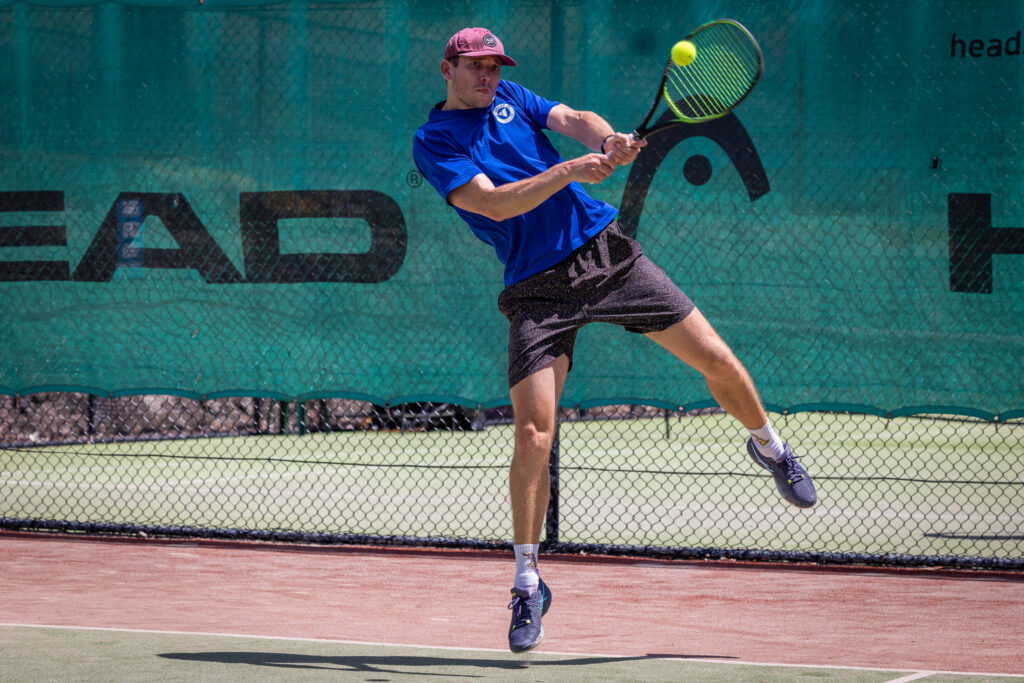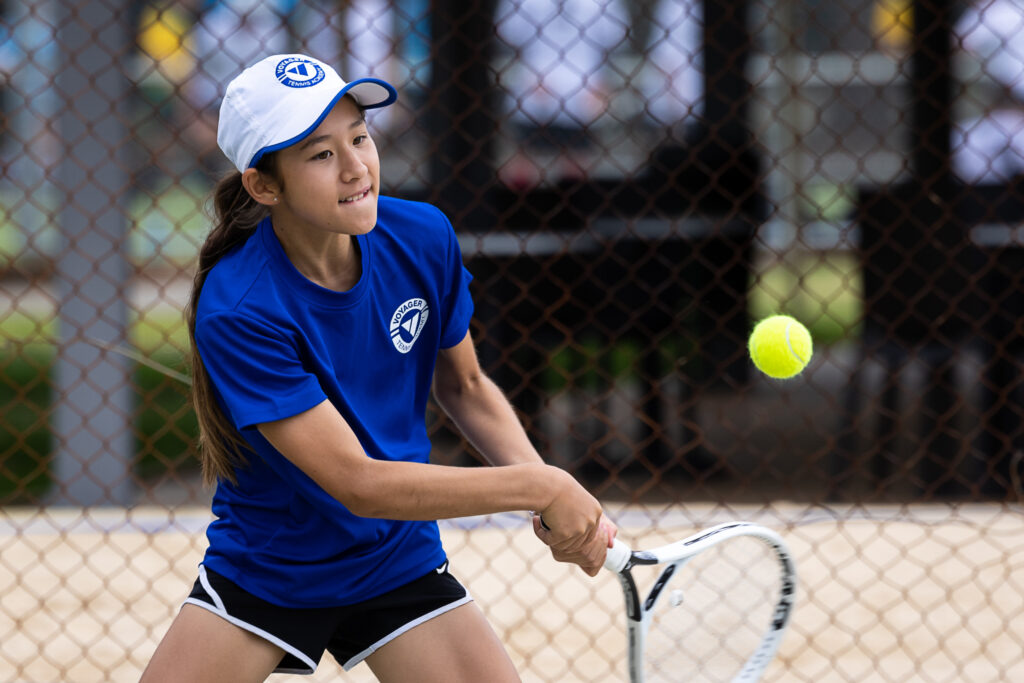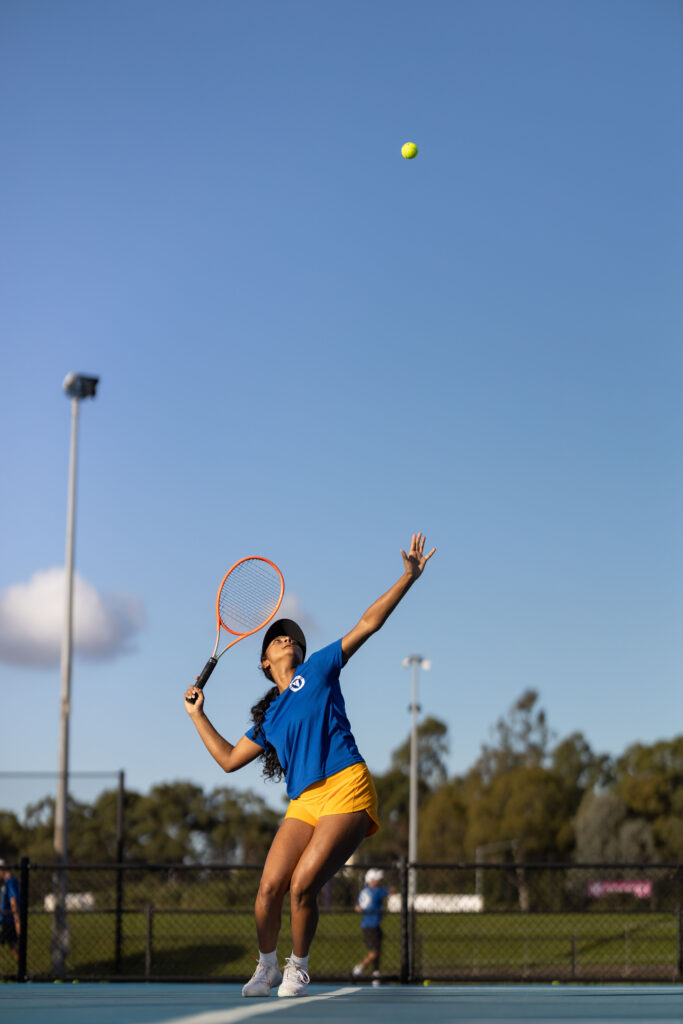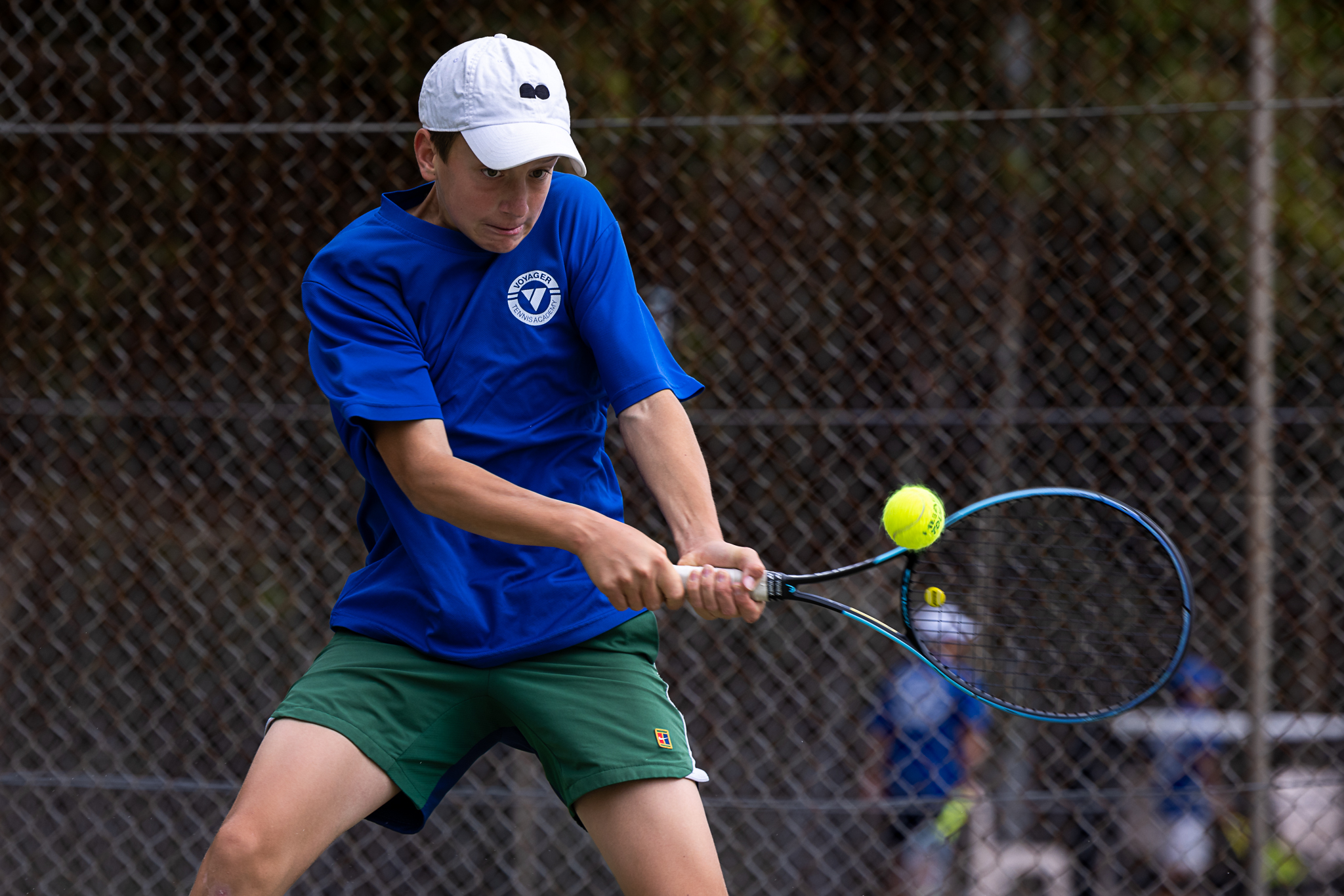
To maximise potential, players need to play the right game style that suits their physical and mental characteristics. Developing the appropriate game style will make a huge difference in the long run and in this article we’ll go into detail on the 4 most common game styles below to help players work out what style will be most suitable for them.
The aggressive baseliner
This type of player enjoys being in control of the point and relies on the strength of their groundstrokes to move opponents around the court. They will go for winners aggressively from the back of the court and take calculated risks. With the forehand being the biggest groundstroke weapon in their game, aggressive baseliners typically use this to their advantage and dictate to their opponent with this shot, although some players have the ability to attack off the backhand side as well, particularly off the return of serve.
Due to their aggressive play, baseliners often find themselves with numerous opportunities to attack the net. For this reason, it pays for them to have a well-established net game. A good example of this is Rafael Nadal, who has developed his net game over the years and has had one of the highest percentages of points won on the ATP tour with over 80% success rate.

Counterpuncher
Being a great counterpuncher is all about wearing opponents down through consistency and having great defence. This player is usually quick around the court, has high levels of fitness, is mentally tough and plays high-percentage tennis.
When someone plays this game style effectively, unforced errors are rare. Counterpunchers usually thrive on waiting for their opponent to make a mistake. They can be tough to beat without some weapons that can finish off the point, like a big serve or forehand. The best counterpunchers keep their groundstrokes deep, have good passing shots and lobs which make it difficult for their opponents to attack.
In 2001, Australia’s Lleyton Hewitt became the world’s youngest world number one by being the best counterpuncher in the game.

Serve-and-volleyer
The serve-and-volley player will typically come into the net after the first or second serve, occasionally chip and charge from the return, and look for every opportunity in a groundstroke rally to move forward to the net. This player usually has an effective slice backhand which they use to approach the net as the ball can stay low, making it difficult for their opponent to hit an effective passing shot. An effective serve-and-volleyer often has a highly developed kick or topspin serve that they use to get their opponent returning from above the shoulders. This again gives more time for the player to get closer to the net, at the same time making it difficult for the opponent to hit the return low at the server’s feet.
A serve-and-volleyer’s typical point construction is to serve and approach the net, play a first volley either deep or into the open court, then finish the point on the second volley. When they play this game style effectively, they keep the points short and their opponent has trouble getting into any sort of rhythm throughout the match.
Changes in technology and equipment have made serve-and-volleying more difficult in recent times, but historically many of the game’s greatest players have been serve-and-volleyers, such as Pete Sampras and Martina Navratilova.

All-court player
The all-court player can play effectively from all parts of the court and can generally adapt his or her game to a variety of court surfaces, opponents and conditions. This player usually has all the shots, a good serve and groundstrokes, sound net play and good use of the slice backhand and touch shots to change up the game, adapting their game and using specific tactics to exploit their opponents’ weaknesses. Due to their ability to play effectively from all parts of the court, they can often have a plan A going into a match, and if it’s not working, can switch to a plan B or C to get the win. Other types of player don’t usually have plan B if their plan A is not working.
The only downside for an all-court player is that sometimes they have developed all parts of the game evenly and can lack a weapon or something that they are exceptionally good at. They are essentially a jack of all trades. A great example of an all-court player is Roger Federer.
This article has provided some insights into the qualities of the 4 main game styles and in the next article we go into detail around how to choose the right game style for each individual player.
By Ryan Henry, Managing Director of Voyager Tennis and Ex-Pro Tennis Player




